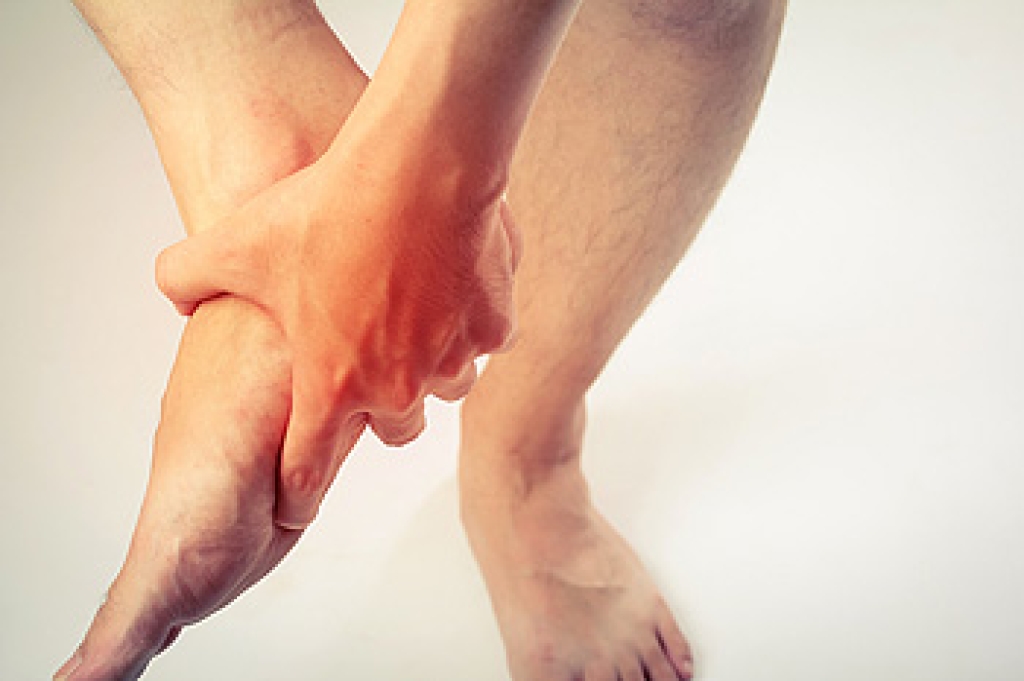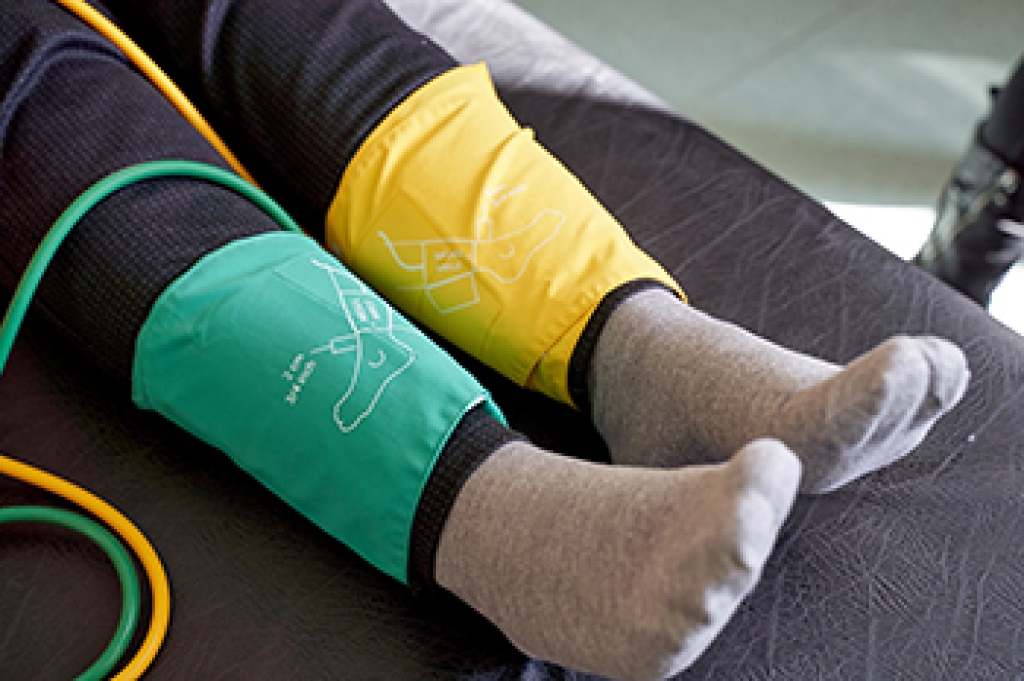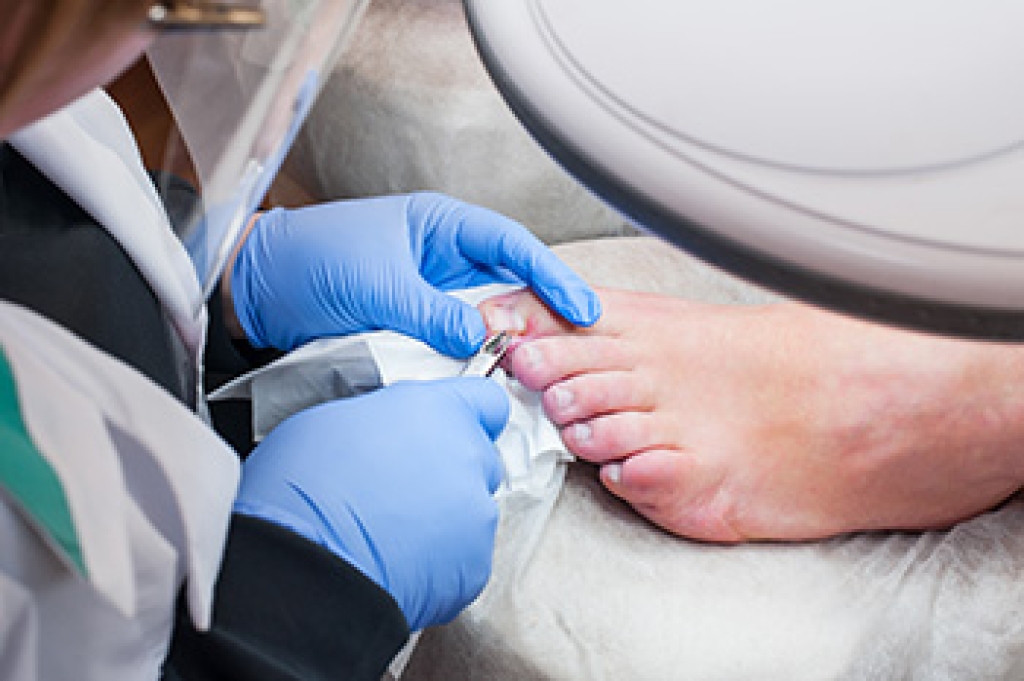
Lupus is an autoimmune disease that can affect the feet, often causing pain, swelling, and circulation problems. Inflammation from lupus may lead to joint damage, resulting in conditions such as Jaccoud’s arthropathy, where the toes become misaligned, making walking difficult. Polyarthritis can also develop, causing persistent stiffness and discomfort in the foot and ankle joints. Many people with lupus experience Raynaud’s phenomenon, which reduces blood flow to the toes, leading to cold, numb, or discolored feet. This condition can make standing or walking painful, especially in colder temperatures. Lupus may also cause sores or blisters on the feet to heal slowly, increasing the risk of infection. Nerve damage linked to lupus can result in tingling, burning sensations, or loss of feeling in the feet. A podiatrist can help manage these symptoms by evaluating your foot structure, addressing circulation concerns, and recommending treatments that improve mobility and reduce pain. In severe cases, surgery may be needed to correct deformities. If you have foot pain that may be related to lupus, it is suggested that you schedule an appointment with a podiatrist for an exam and appropriate treatment solutions.
When dealing with systemic disease of the feet, it is extremely important to check the affected areas routinely so that any additional problems are caught quickly. If you have any concerns about your feet and ankles contact Stephen Boykins, DPM from SoCal Podiatry, P.C.. Our doctor will assist you with all of your podiatric needs.
Systemic Diseases of the Feet
Systemic diseases affect the whole body, and symptoms usually are displayed in the feet. This condition can make a patient’s ability to walk unbearable. Systemic diseases include gout, diabetes mellitus, neurological disorders, and arthritis.
Gout – is caused by an excess of uric acid in the body. Common symptoms include pain, inflammation, and redness at the metatarsal/phalangeal joint of the base big toe. Gout can be treated by NSAIDs to relieve pain and inflammation, and other drugs that lower the acid levels in the body.
Diabetes mellitus – is an increase in the level of blood sugar that the body cannot counteract with its own insulin. Failure to produce enough insulin is a factor in Diabetes.
Diabetes of the Feet
Diabetic Neuropathy – may lead to damaged nerves and affect the feet through numbness and loss of sensation.
Peripheral Vascular Disease – can restrict the blood flow to the feet, and often times lead to amputation of the feet.
If you have any questions please contact our offices located in Downey and Moreno Valley, CA . We offer the newest diagnostic and treatment technologies for all your foot and ankle needs.




